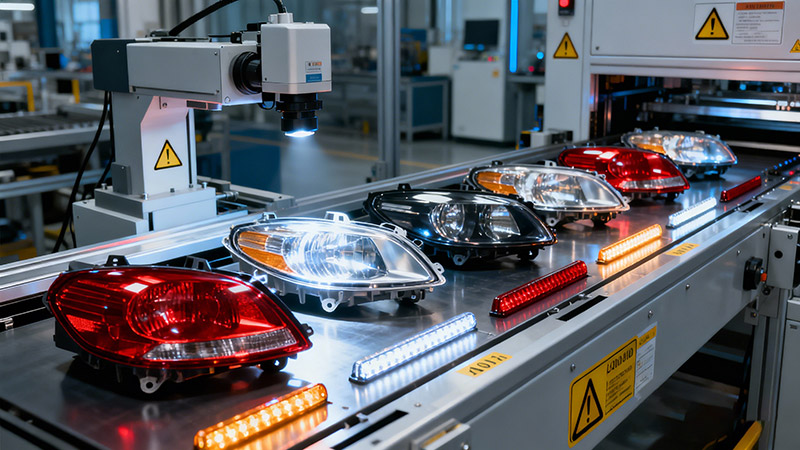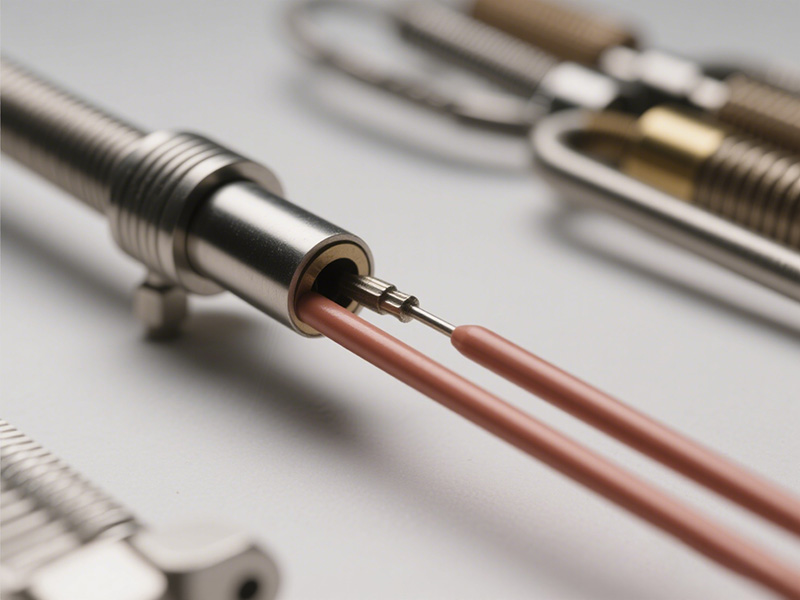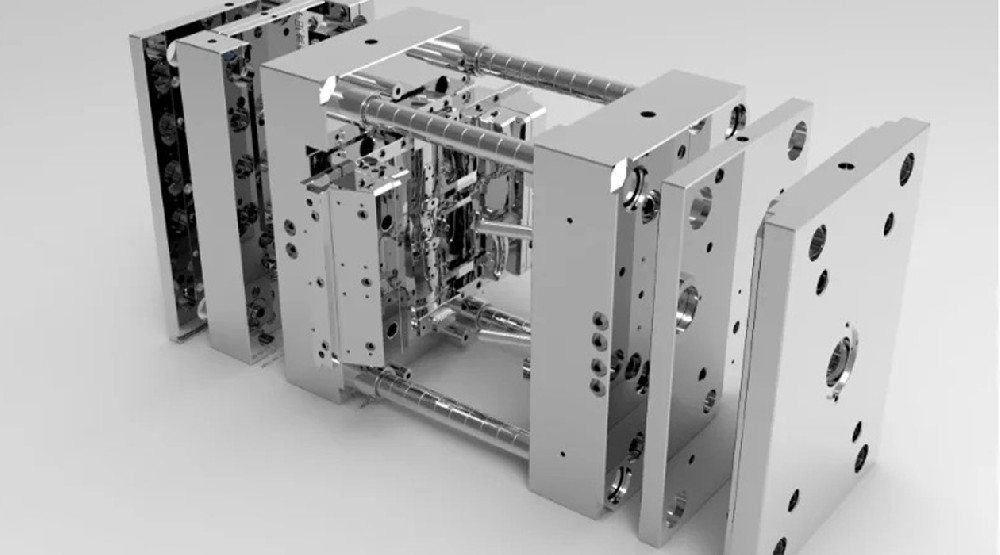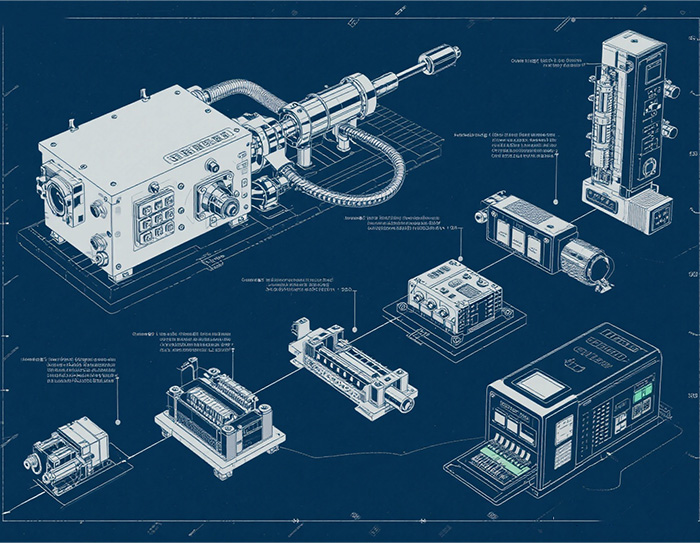What Causes Temperature Fluctuations Or Erratic Readings In The Controller?
2025-05-08
In the world of injection molding, maintaining precise temperature control is essential to ensuring product quality and reducing waste. That’s where hot runner temperature controllers come into play. However, users sometimes face issues like temperature fluctuations or erratic readings, which can lead to serious defects in molded parts, downtime, and added costs. If you've ever wondered what causes these inconsistencies and how to prevent them, this article is for you.
Common Causes of Temperature Fluctuations in Hot Runner Controllers
Poor Thermocouple Contact at the Mold End
One of the most frequent causes of unstable temperature readings is poor contact between the thermocouple and the mold. A thermocouple measures the temperature and sends this data back to the controller. If the contact is loose or improperly positioned, it can result in erratic signals or incorrect temperature feedback, causing the controller to overcompensate or undercompensate.
Tip: Regularly inspect and clean the thermocouple contact point. Ensure it's properly seated and secure during installation.
Loose Output Wiring
If the output wiring between the controller and the heaters is loose or damaged, it can lead to intermittent heating. This causes inconsistent temperature regulation, which not only affects the quality of the product but can also damage the heaters and mold over time.
Tip: Check the output lines periodically for wear, corrosion, or looseness. Tighten or replace as necessary.
Damaged Temperature Measurement Circuit in the Control Card
Inside the temperature controller, the control card plays a critical role in interpreting temperature signals. If the temperature measurement circuit on this card is faulty or damaged due to aging, electrical surges, or manufacturing defects, the controller may misread the actual temperature, leading to erratic or completely incorrect readings.
Tip: If you suspect internal damage, consult with a qualified technician or replace the control card. Avoid using the equipment if irregularities persist after external checks.
Loose Wiring in the Controller Unit
Sometimes the problem isn’t at the mold end but inside the controller itself. Loose connections in the terminal blocks, relays, or control boards within the temperature controller can lead to unstable power flow or signal interruption, which in turn causes inconsistent readings.
Tip: Perform routine maintenance and internal inspections (with the power off) to identify and resolve any loose wiring.
Additional Causes Worth Considering
Incompatible or Worn-Out Components
Using incompatible or worn-out thermocouples, heating elements, or connectors can disrupt the entire temperature regulation loop. Over time, even high-quality components degrade, especially under high thermal loads.
Tip: Always use manufacturer-recommended parts and replace aging components on a scheduled basis.
Electromagnetic Interference (EMI)
EMI from nearby equipment, especially high-power industrial machines, can interfere with the temperature controller’s signal processing. This can manifest as sudden temperature jumps or drops on the display.
Tip: Use shielded cables and proper grounding practices to minimize EMI effects.
Improper PID Settings
PID (Proportional, Integral, Derivative) settings determine how the controller responds to temperature changes. Incorrect tuning can cause the controller to oscillate, overheat, or lag in response, all of which can mimic erratic behavior.
Tip: Consult your controller manual or a professional technician to optimize the PID parameters based on your mold and material requirements.
Power Supply Issues
Voltage fluctuations or unstable power supply can severely impact the accuracy and stability of the temperature controller. In worst-case scenarios, power surges can damage internal components permanently.
Tip: Use voltage regulators or uninterrupted power supplies (UPS) to ensure a consistent power source.
How Topower TP01 Avoids Temperature Fluctuations Well
TP01 stabilizes readings with 10Hz high-frequency sampling, ambient temperature compensation, and built-in SCR trigger management. It also detects input power quality to avoid instability caused by voltage fluctuations.
Expect precision and peace of mind with TP01’s industrial-grade electronics and self-checking power inputs.
Conclusion
A hot runner temperature controller is a precision instrument that plays a vital role in injection molding. If you're experiencing temperature fluctuations, start by checking the basic physical connections and components. Often, what appears to be a complex problem has a simple root cause—like a loose wire or a dirty thermocouple.
Regular inspection, preventive maintenance, and proper system tuning can go a long way in ensuring stable and accurate performance of your hot runner system.





